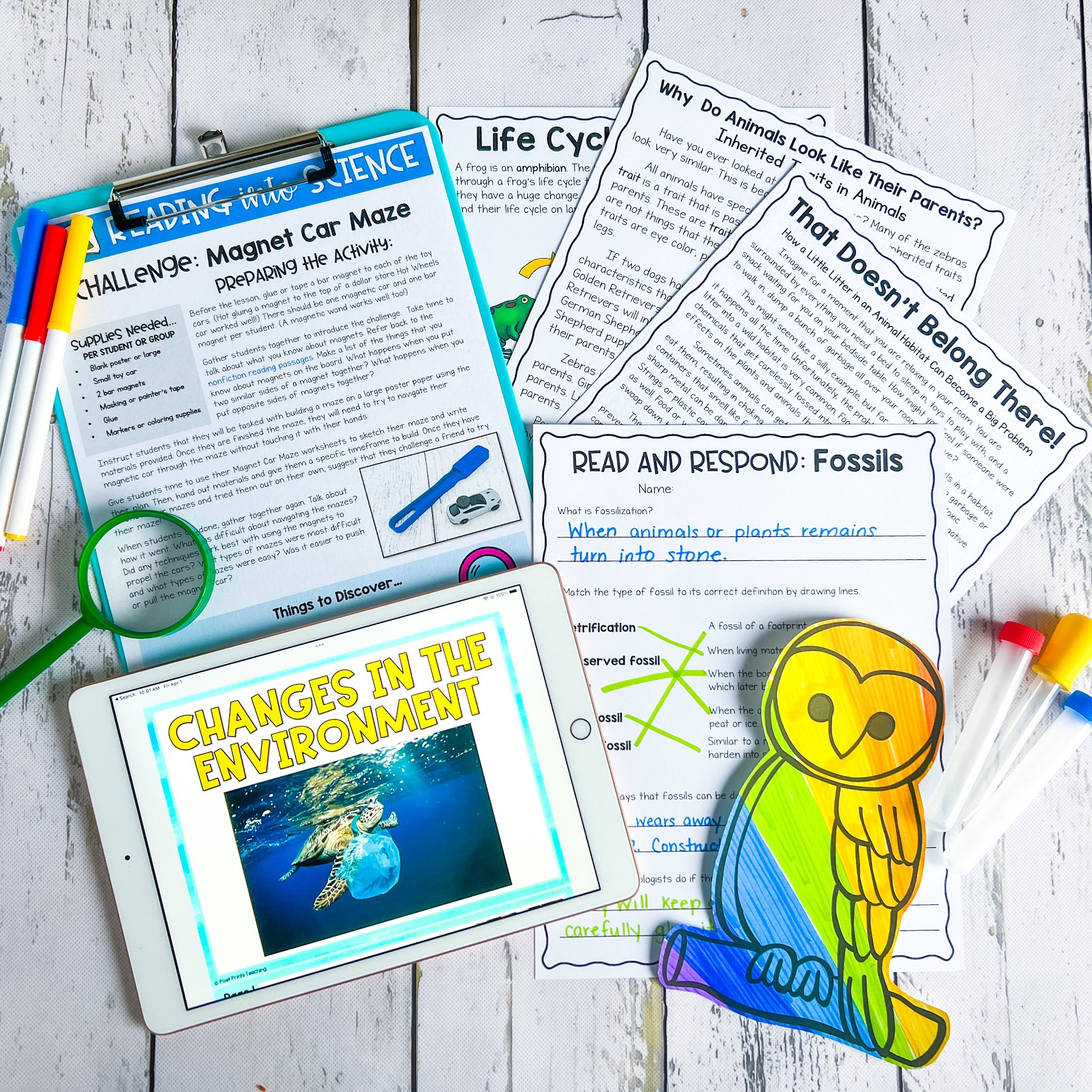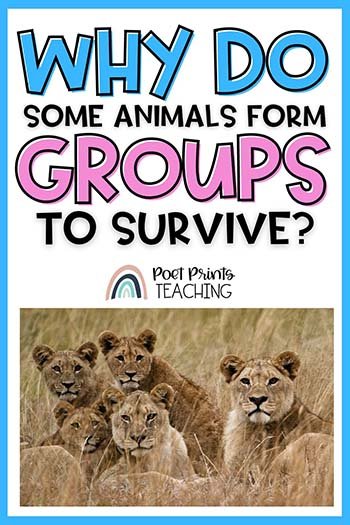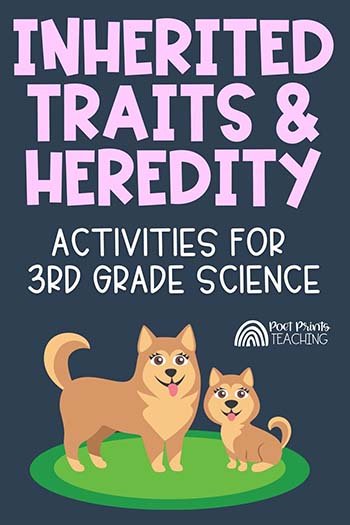3rd Grade Science Topics Activities and Ideas
I think that the 3rd grade science standards are my favorite. Shh… don’t tell 2nd grade! By the time students are in 3rd, they’re ready to dive a little deeper and be a little more independent in STEM activities. They’ve (hopefully) learned foundational skills like how to create a diagram or complete a STEM challenge, and now they’re ready for something a little more challenging. In 3rd grade science (especially using the Next Generation Science Standards) there is so much opportunity for hands-on activities and experiments.
For those more longtime blog readers, you probably already know how much I value integrating science with other content areas (like reading!) and allowing opportunities for inquiry and student-led learning. The topics in 3rd grade science are perfect for things like this! They’re interesting, and open-ended enough to allow you to choose subtopics that really interest your class.
do you use science worksheets?
I truly believe that science should be a hands-on experience. However… there is a place for print based activities (worksheets) in science. I usually start a new science unit with nonfiction reading that directly relates to the topic. I find that when students are given a chance to interact with nonfiction texts and reading comprehension that it gives them a solid foundation to move on to experiments and STEM challenges in that subject area. Each of the subjects below also includes a link to nonfiction reading about that topic, and it’s one of the ways we find success in science.
What do you teach in 3rd grade science?
There is SO much to learn in 3rd grade science, and it’s such a perfect mix of hands-on experiments, intriguing research and new ideas! If you’re using the 3rd Grade Next Generation Science Standards (NGSS), then you’re studying…
Molecules to Organisms: Structures and Processes - The life cycles of different animals and flowering plants. Comparing and contrasting different life cycles.
Ecosystems: Interactions, Energy, and Dynamics - How do some animals form groups to survive?
Heredity: Inheritance and Variation of Traits - Plants and animals have traits inherited from their genetic parents. Some traits can be influenced by the environment.
Biological Evolution: Unity and Diversity - Gathering information from fossils, animal characteristics can provide advantages for survival, surviving in a particular environment, how environmental changes affect animals and plants
Earth’s Systems - Using tables and graphs to display typical weather patterns, climates in different regions of the world
Earth and Human Activity - Reducing the impact of a weather-related hazard
Motion and Stability - the effects of balanced and unbalanced forces, predicting motion, magnets
STEM Activities and Nonfiction Reading for Every NGSS topic
The EASY button for your 3rd grade science lessons. Two paired passages about each topic, scripted instructions and a hands-on STEM activity.
Click and print. Planning is that easy.
Let’s dive in to some of the best science lessons for each 3rd grade NGSS topic!
Life Cycles of Living Things
There are so many ways to get hands-on when you are learning about life cycles. I always start by narrowing down this unit to one or two animals and/or plants. Once you look at one life cycle in depth, it’s easier to compare and contrast it to others.
In the past I’ve looked at butterflies (and hatched them!), salmon, penguins, beans (and grown them), sunflowers, and dolphins!
Ask your students which life cycles they are passionate about and go from there! Some of my favorite activities and projects for life cycles are here in this post.
why do some animals live in grous?
So many animals survive in groups! This animal groups post breaks down ways to explore the animals that live in a group, and the advantages that this can provide. It also includes a free activity where students sort animals into two categories: ‘live in groups’ and ‘live solitary’.
Teaching Kids About Inherited Traits
Why do animals look like their parents? Do plants even have parents? ‘Inherited Traits’ are traits passed down parent to offspring, and are traits an organism has from birth. There are so many fun ways to learn about inherited traits during 3rd grade science. The play-doh activity is one of my favorites!
This ‘teaching inherited traits’ post specifically looks at inherited traits in animals and plants, so it’s perfect for classrooms that don’t want to touch on inherited traits in humans (this can be a tricky topic when families are created in so many different ways!).
Fossil Activities for Kids
Fossils are the preserved remains of plants and animals that turn into stone over a long period of time. But what information can we gather as we look at these fossils?
This post breaks down my four favorite activities when teaching 3rd grade students about fossils and includes a fossil making activity that is so much fun.
https://www.poetprints.ca/blog/4-lessons-about-fossils-for-3rd-grade
Animal Adaptations
Adaptations help animals to survive in their environment. Have you ever seen an animal that camouflages into their environment? This is an adaptation! Animals are uniquely adapted to their own environment.
Take a peek at this animal adaptations blog for some of the best videos, projects, experiments, and nonfiction reading all about how animals adapt to their environment.
Changes in the Environment
Our environment is constantly changing, and it affects the plants and animals that live there. There are so many different topics you can look at when exploring changes in the environment: deforestation, urbanization, pollution, garbage collection, and more.
This post about changes in the environment specifically looks at how ocean pollution and litter negatively affect an environment… and what we can do to help!
Weather Related Hazards
This 3rd grade science topic is broad because there are SO many different weather related hazards.
This topic can be taught as an overview where you look at a variety of weather related hazards, or in a more narrow approach where you focus on a single hazard (like blizzards or hurricanes). Students will research and design a solution to weather-related hazards.
I suggest keeping this topic local. Which hazards can affect your community? Where do you students have real-life connections to a weather related hazard? Start there!
I’ve rounded up some of the best videos, projects and ideas for teaching weather related hazards over here.
Weather vs. Climate
What’s the difference between weather and climate?
Climate is what you expect, and weather is what you get! Weather changes from day to day and climate is the long term patterns of weather in a particular area.
There are so many different ways to explore weather and climate, and this post breaks down the best ideas for teaching about weather and climate in 3rd grade science. Don’t miss the weather journal that asks students to track and graph the weather outside your classroom - no supplies required!
Forces and Motion activites for kids
Force and motion is the ultimate hands-on unit in 3rd grade. The topics absolutely begs to be taught with experiments and STEM challenges… so we do!
I have found that the best way for students to understand push vs. pull, balanced and unbalanced forces, friction, static electricity (and more!) is to see them in action! The experiments in this post are designed to help students get familiar with forces and explore them firsthand.
This is the post you need to teach force and motion - don’t miss the magnet maze freebie!
lessons and experiments with magnets
Magnets are materials with a magnetic field that draws objects to the magnet itself.. and there are so many fun experiments that use magnets.
Lessons on magnets are a big part of our force and motion unit, but I’ve put it here separately because sometimes we teach them one after the other.
This post looks at magnets in real life, nonfiction reading, and hands on STEM challenges.
Third grade science is a blast! It’s a great time to plan for science units that are full of experiments and STEM challenges. I try to limit the amount of worksheets we use during science time… but I do find that integrating science-based nonfiction reading and comprehension can give students the background knowledge they need to complete an experiment.
Need print and go 3rd Grade Science lessons that include nonfiction reading and STEM extensions?












